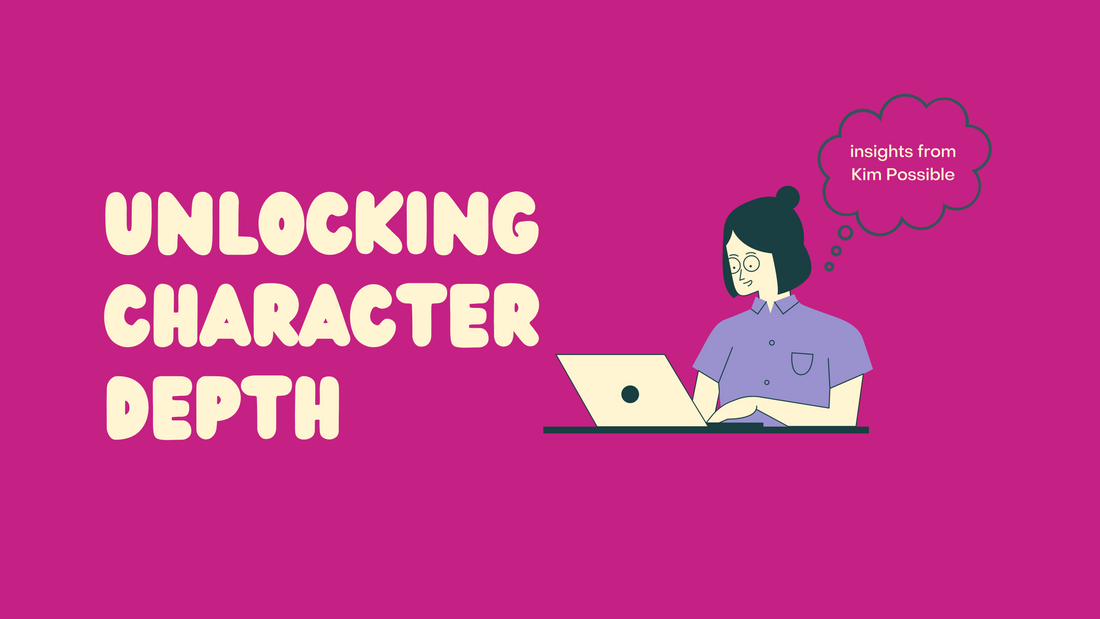
Unlocking Character Depth: Insights from Kim Possible
Share
Kim Possible, the beloved animated character, has captured the hearts of many with her wit, bravery, and intelligence. But what makes her the best literary character example, and what can writers learn from her?
Strong Female Lead
Kim Possible is a prime example of a strong female lead character. She is confident, capable, and always ready to take on any challenge that comes her way. Writers can learn from her character development and create well-rounded female protagonists that break stereotypes and inspire readers.
Problem-Solving Skills
One of Kim Possible's most admirable traits is her problem-solving skills. She approaches every obstacle with a strategic mindset and never gives up until she finds a solution. Writers can incorporate this trait into their own characters to show the importance of perseverance and critical thinking.
Diverse Relationships
Throughout the series, Kim Possible forms diverse relationships with a wide range of characters, from her loyal sidekick Ron to her arch-nemesis Shego. Writers can learn from the depth and complexity of these relationships and create dynamic interactions between their own characters to add depth to their stories.
Positive Role Model
Kim Possible serves as a positive role model for young readers, showcasing the importance of teamwork, friendship, and standing up for what is right. Writers can follow her example by incorporating valuable life lessons into their own stories, helping to shape the minds of their audience in a positive way.
Well-Rounded Characters
In addition to the traits exemplified by Kim Possible, well-rounded characters in literature and media possess certain qualities that make them relatable and memorable. Here are some key tips for crafting such characters:
Flaws and Vulnerabilities: Just like real people, characters should have flaws and vulnerabilities. These imperfections make them relatable and human. For instance, Kim Possible, despite her confidence, sometimes doubts herself or faces moments of vulnerability, adding depth to her character.
Motivations and Goals: A character's motivations drive their actions and decisions. These can be as simple as personal happiness or as complex as seeking justice. Understanding what your character wants and why provides a strong foundation for their actions and development. For example, Kim’s dedication to helping others stems from her innate desire to do good and make a difference.
Growth and Development: Characters should evolve over the course of the story. This growth can result from overcoming challenges, learning from mistakes, or developing new relationships. Kim Possible's evolution from a high school student to a seasoned hero reflects her growing responsibilities and experiences.
Consistency and Authenticity: While growth is crucial, characters should remain consistent in their core traits and values. This consistency helps maintain authenticity, making characters believable and trustworthy to the audience.
Complex Relationships: Characters don't exist in isolation. Their interactions with others reveal different facets of their personality and can drive the plot forward. Complex relationships, like Kim's friendships and rivalries, add layers to the narrative and provide opportunities for character growth.
In conclusion, Kim Possible stands out as the best literary character example for a variety of reasons. Writers can learn valuable lessons from her character traits, relationships, and overall impact on readers. By incorporating these elements into their own writing, authors can create compelling stories that resonate with audiences of all ages.
